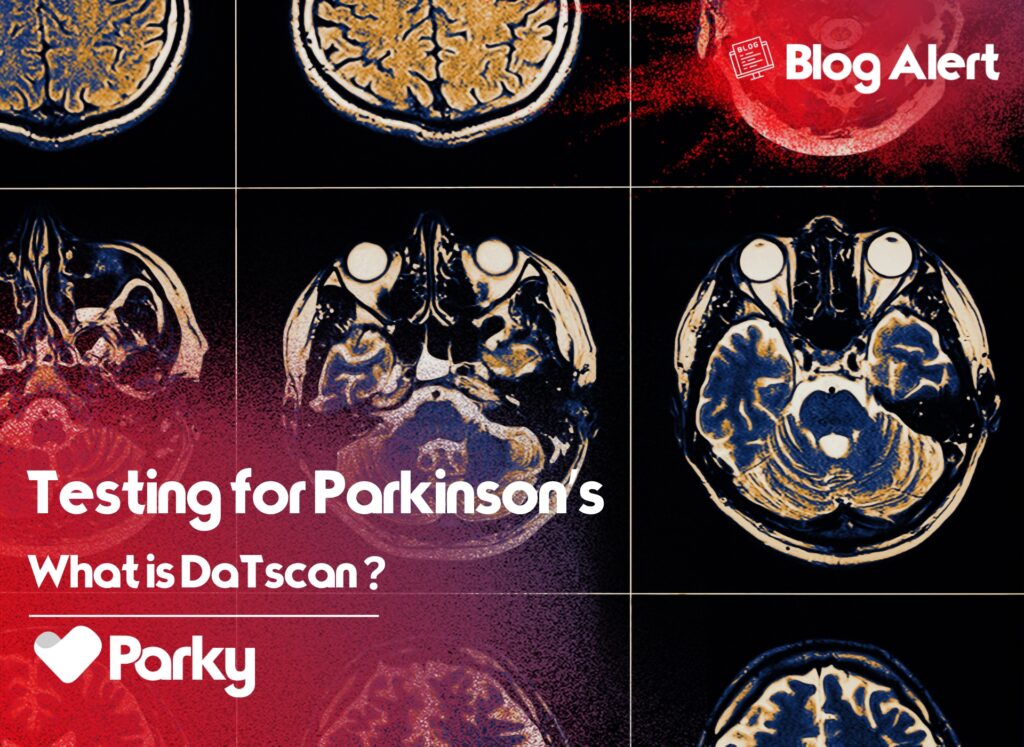

Parkinson's disease (PD) is a complex condition that can be challenging to diagnose accurately. Currently, there is no test available to conclusively diagnose Parkinson’s. However, one diagnostic tool gaining attention is DaTscan, which stands for "dopamine transporter scan." Let's break down what it is and how it works:
DaTscan is a test used to help diagnose Parkinson's disease. It was approved by the Food and Drug Administration (FDA) in 2011. Its main job is to show the dopamine neurons in the brain. Dopamine is a neurotransmitter that controls movement and mood, and Parkinson's disease is linked to its deficiency.
During the procedure, a radioactive substance called Ioflupane (123I) is put into the bloodstream. This substance, also known as DaTscan, travels throughout the body and reaches the brain. It sticks to dopamine transporters, which are molecules on dopamine neurons. After a few hours, special equipment scans the head to check for the presence of DaTscan.
DaTscan's accuracy in diagnosing Parkinson's disease is similar to what a neurologist can do during a clinical examination. Most times, PD can be diagnosed just through the clinical exam, as there are clear signs that neurologists can spot. Some research even shows that early PD can be diagnosed just as well through clinical exams or DaTscan results.
DaTscan can look abnormal in conditions where there's a loss of dopamine nerve endings in the brain's striatum. This means it might also look abnormal in other parkinsonian conditions like Progressive supranuclear palsy (PSP), Corticobasal ganglionic degeneration (CBGD), and Multiple system atrophy (MSA). So, DaTscan alone can't tell these conditions apart.
DaTscan can be very useful when neurologic exam results are unclear. While it can't distinguish between certain parkinsonian syndromes, studies suggest it might help tell drug-induced parkinsonism and vascular parkinsonism apart from PD. The FDA even approved the test for telling PD and essential tremor apart, as it can be hard to do this with just a clinical exam.
The current DaTscan used clinically can't measure how much the dopamine system is impaired; it can only say whether it's impaired or not. It also can't track disease progression over time or be used as a screening tool before motor symptoms show up. Researchers are still looking for other indicators, called biomarkers, to improve PD diagnosis and management.
A DaTscan usually takes 4-8 hours, including these steps:
In most cases, a neurologist's clinical examination is enough to diagnose Parkinson's disease. Specific symptoms and findings during the exam can often confirm the diagnosis without needing a DaTscan.
Here is a quick and comprehensive summary by Dr. Ramon Rodriguez:
DaTscan is a helpful tool for the diagnosis of Parkinson's disease, especially when clinical exam results are unclear or when trying to distinguish between PD and essential tremor. It has some limits and can't replace a skilled neurologist's assessment, but it helps improve diagnostic accuracy and ensure the right treatment for people with Parkinson's disease. Always remember, a DaTscan should be considered alongside the patient's complete clinical picture.
Join our community in spreading hope and strength. Tell us your unique journey with Parkinson's to uplift and empower others.